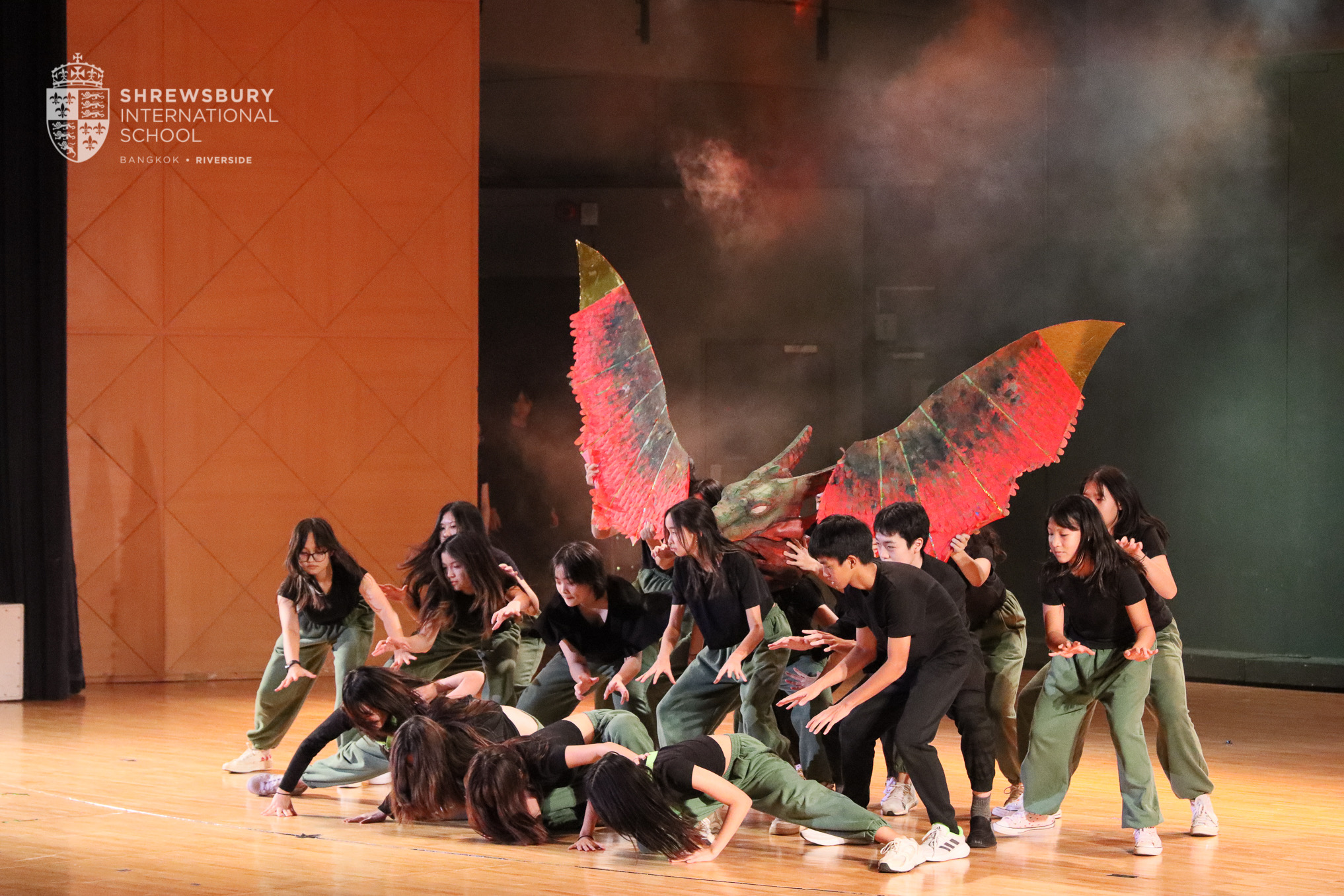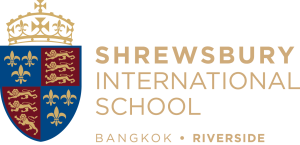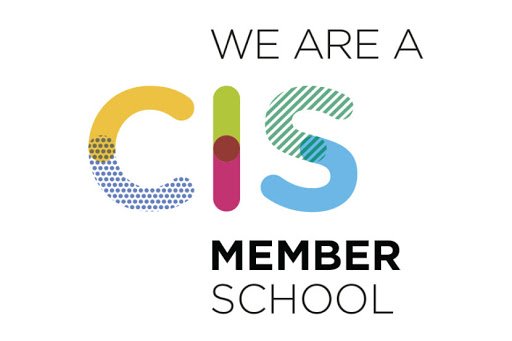NEWS
Message from the Principal - Welcome back to school!

Dear all,
Welcome back to school. After such a busy and productive start to the year I hope you have found some time for rest and relaxation
The character strength for this half-term is imagination. Imagination in terms of creativity and innovation, but also the imagination to consider how your choices could affect your future; the imagination to understand how other people’s lives are different, to imagine other worlds.
One obvious example of imagination is the creativity shown by our students not only in their work but also in the various events and performances at school. The imagination shown in the myriad of halloween costumes that filled the school at the end of the last half-term or in the performances of students in House Cheerleading or the Junior School talent shows.
But there are other examples of imagination that come to mind. Over the break I was taken back to some of the incredible images coming out of the James Webb Space telescope. In this case new pictures of the so-called Pillars of Creation. As ever they are breathtaking to behold and certainly spark the imagination about space. I am going to use these images as the basis for some assemblies; to talk about some of the people involved in the exploration and understanding of space, and the imagination they showed in getting there.
I read about the work of Karl Schwarzchild, someone whose imagination changed the way we think about the universe. In 1915 he picked up Albert Einstein’s theory of general relativity and found the first exact solution, part of which helped predict the existence of black holes. This is an amazing achievement in itself: Einstein was only able to find an approximate answer to his own equations. However, it is even more remarkable that Schwarzchild managed to complete these calculations whilst serving on the frontline as a German soldier in the First World War.
But there is something missing in this story, as there is in many of the stories I tell in assembly. That is the great diversity of people involved in such enterprises. Too often I manage to pick stories that only highlight the role of a limited few, mainly European men.
I miss out the contributions of the diverse range of people involved in the progress of our understanding: Henrietta Levitt, who worked out a way to use the brightness of certain stars to calculate their distance from Earth; Cecilia Payne-Gaposchkin who first realised that stars were mostly made of hydrogen; Sara Seager who is leading the hunt for exo-planets, Arlie Peters who wrote the definitive text on gravitational lensing and Andrea Ghez who discovered a supermassive black hole at the centre of our galaxy, the Milky Way.
Some of these scientists had to overcome prejudice or discrimination, some were neglected or written out of the story because of the same biases.
It is our job to put them back in their rightful place and to continue to embrace and celebrate diversity. To imagine a better future where all people are judged on their actions and achievements rather than their gender, ethnicity or culture.
It is Diversity and Inclusion week in school soon. A chance to shine a bright light onto these issues that we talk about all through the year. And a chance to imagine how other people’s lives can be affected by our choices, our language, our behaviour. By remaining alert to the barriers that some people face, by making a choice to be inclusive.
The work of astrophysicists necessarily involves imagination as they study objects that exist thousands of light years away from Earth, or phenomena that cannot even be seen. Using great telescopes to peer back into the distant past.
We want to encourage your children to foster their imagination to look into the future, their future and our future. To make choices that help build a more inclusive society where what you do matters more than who you are.
Yours faithfully,
Robert Millar
Principal










